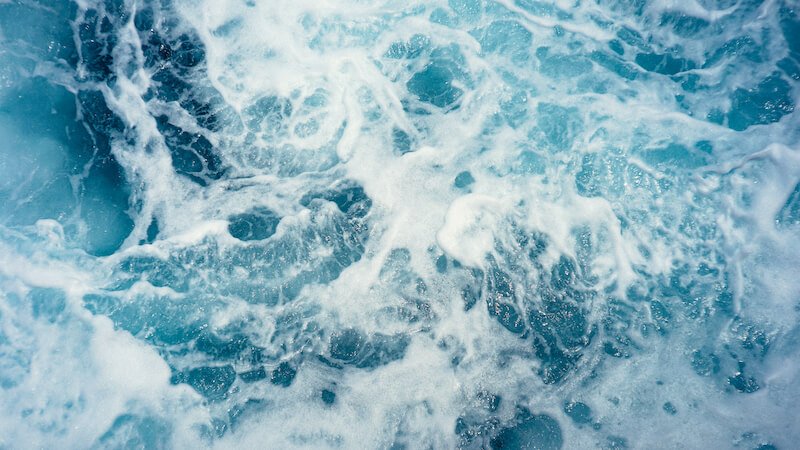
As part of a simulation, researchers have succeeded in generating electricity from water flows in the sea. All that salt water needs to do is meet fresh water.
In recent years, researchers have repeatedly demonstrated what is already possible through new development approaches. In this way, ever more efficient solar panels and even new types of power plants, such as the wave power plant, emerged.
A team at the University of Illinois Urbana-Champaign recently developed a simulation that could accelerate the transition to sustainable energy sources in the future. The system enables the conversion of ion flows into electrical energy.
This opens up a potentially new source of energy. The device can generate energy in those places where salt water meets fresh water. So on (almost) every coast on the planet.
Water from the sea and rivers generate electricity when they come into contact
At the beginning of the work, the team asked themselves a question: “Can a nanoscale device generate energy from a flow of ions?” Because in places where bodies of water with different salinity meet, salt molecules flow from layers with high concentration to those with low concentration. This causes electrically charged particles (ions) to shift, which the researchers want to convert into electricity using a device.
The first design was based on a simulation and recorded the charged ions through a small channel. The movement of the ions from one side to the other created a voltage and, as a result, an electric current. The yield was higher than initially assumed. Both positively and negatively charged particles generate electricity through the process.
Similar output to solar cells?
So far the design is only a draft by the researchers. Nevertheless, the potential of the technology is already evident at this early stage. In the next steps, the team would like to patent the system and continue researching the development of the microdevice.
There is also still an open question as to the extent to which the device can be scaled for industry in the long term. The researchers assume that it could generate about as much energy as a solar cell. So perhaps we will soon be producing electricity directly and inconspicuously on the coast.
Also interesting:
Source: https://www.basicthinking.de/blog/2023/11/24/meer-strom/


